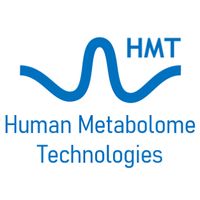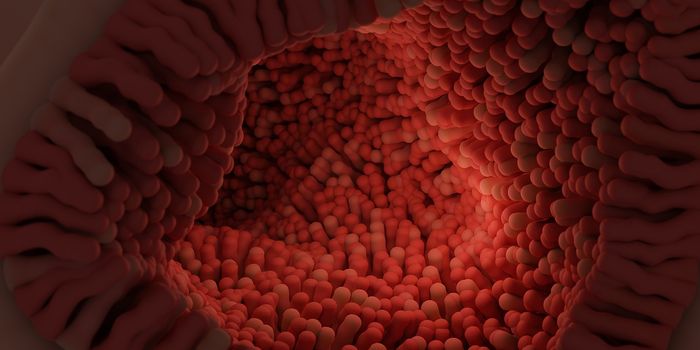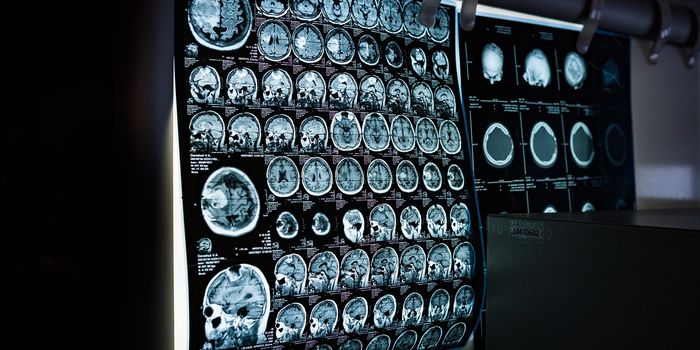Immuno Metabolic Complexity and Modulating Metabolites
Immunometabolism is a relatively new subspecialty of immunology as we’ve begun to unravel the complex metabolic requirements of the various immune cells. Here we will focus on T-cells, a cell population that has already been extensively studied.
Quiescent and activated T cells display different metabolic signatures. In the quiescent state, the cells have fewer energetic demands and display a lower rate of nutrient uptake and derive most of their ATP from oxidative phosphorylation in the mitochondria which is used mostly for housekeeping functions.
Upon being activated, resting naive T cells that differentiate toward the Teff cell lineage shift from catabolic energy metabolism to an anabolic, proliferative state. This is driven predominantly by the glycolytic-lipogenic pathway and is associated with glutamine oxidation that fuels mitochondrial oxidative phosphorylation through the tricarboxylic acid (TCA) cycle. This use of aerobic glycolysis in adequate oxygen, similar to the metabolism in many cancer cells, is called the ‘Warburg effect’ and is orchestrated via the mTOR dependent nutrient-sensing pathway.
Within diseased tissues T cells may face metabolic restrictions, such as reduced local glucose and/or oxygen concentrations because of rapid tumor and/or pathogen growth, and reduced vascular perfusion. Additionally, tumors and sites of infection can be infiltrated by suppressive myeloid cells, which aggressively deplete important substrates, such as tryptophan and arginine, and further produce toxic nitric oxide that can inhibit OXPHOS and T-cell function.
T-cells have a number of lineages that potentially have slightly different metabolic requirements. Activated CD4+ T cells that differentiate into the T effector/helper cell lineage are dependent mainly on carbon substrates such as glucose and glutamine for their anabolic metabolism. Thymically derived T-regulatory cells have a similar profile with their T-effectors precursors. Tmem cells depend on glycolysis-driven lipogenesis and uptake of glycerol to fuel FAO. In contrast to that, peripheral Treg cells seem to rely on exogenous lipids and glucose-derived pyruvate oxidation but generate a considerable amount of ROS.
A number of immune modulating metabolites have been identified, itaconitate being one of the most studied in relation to macrophage function. Itaconitate production is dramatically increased in the macrophage as a result of activation. Itaconitate not only has direct bactericidal effects by inhibiting the bacterial glyoxylate shunt, but it also acts to inhibit intracellular succinate dehydrogenase, resulting in the elevation of succinate within the macrophage. The elevation of succinate results in modulation of HIF1 and the inflammatory response.
Succinate and itaconitate therefore also act in a signaling manner, resulting in the production of anti-inflammatory signaling cytokines, suggesting that a simple metabolite can be used as an inflammation mediating therapeutic.
References:
Frontiers in Immunology
Immunity









